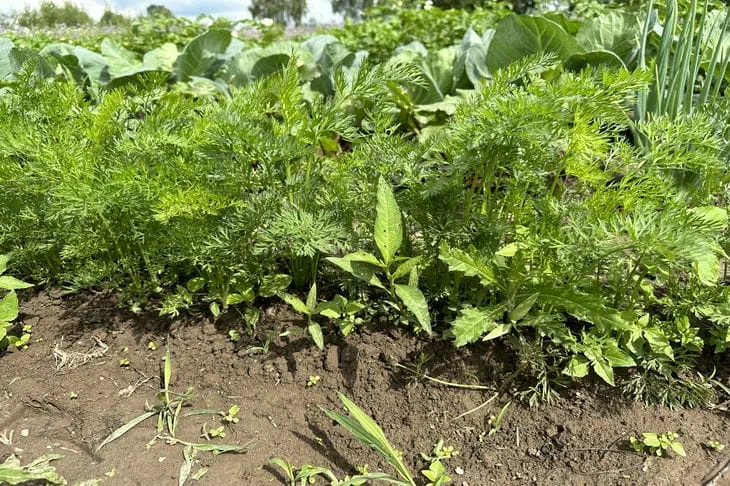Nettles, dandelions and even annoying ants - they all seem to be the enemies of the gardener. But what if they do not interfere, but help your beds?
For example, nettles growing along the edge of a plot are a natural insecticide.
Its infusion repels aphids and strengthens the plant's immunity.

And the dandelions that you weed with fury loosen the soil with their long roots, saturating it with oxygen.
Even the ants that carry aphids simultaneously destroy the larvae of harmful insects.
Some "weeds" serve as indicators of soil condition. Plantain grows where the soil is compacted, and horsetail indicates increased acidity.
Instead of fighting them, you can use them as hints to improve the area. We will tell you how to turn unwanted guests into allies and stop wasting energy on a senseless war with nature.
Take couch grass, for example. Its roots penetrate up to a meter deep, extracting nutrients from the lower layers of soil.
If you mow the wheatgrass before it blooms and use it as mulch, it will become a source of potassium and phosphorus for your beds. And an infusion of crushed wheatgrass roots is an excellent remedy against fungal diseases.
Don't rush to destroy sow thistle. Its deep roots improve the structure of heavy clays, and its bright flowers attract bees.
Just don't let the sow thistle go to seed - cut off the tops before the "parachutes" with seeds appear. Then the plant will work for you without taking over the territory.
Even woodlice, which are considered a malicious weed, are a valuable helper. They cover the soil with a dense carpet, retaining moisture and protecting it from erosion.
And if you add woodlice to compost, it will speed up its decomposition. In addition, it is an indicator: it grows only on fertile, nitrogen-rich soils.
Don't forget about insects. Ladybugs and lacewings are predators that destroy aphids and mites. To attract them, plant dill, yarrow or daisies.
And if you notice ground beetles on your property, don't be alarmed. These black beetles are active at night and feed on Colorado potato beetle larvae and slugs.
Birds also contribute. Starlings and tits not only eat caterpillars, but also reduce the mosquito population.
Hang up some bird feeders so that the birds will remember your garden as a safe place, and in the summer they will return for a “reward” in the form of pests.
Frogs and toads are the unsung heroes of the garden. One individual can eat up to ten slugs or mosquitoes per night.
Create a cozy environment for them: place a container of water in a shady corner, put stones and leaves nearby - this will become their home.
